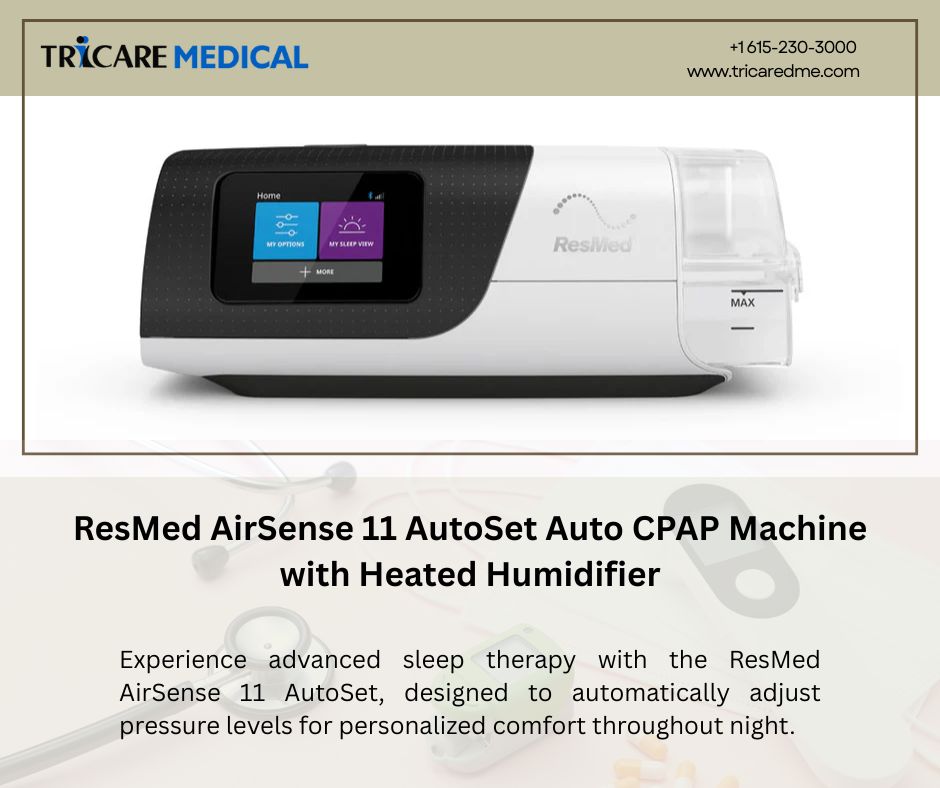How to properly clean and maintain CPAP equipment to avoid bacterial and fungal growth
- 2 min reading time
If you use a CPAP machine to treat your sleep apnea or other respiratory conditions, it's important to keep your equipment clean and hygienic. Your CPAP equipment comes into contact with your mouth, nose, and airways, making it a prime breeding ground for germs, bacteria, and mold. Proper cleaning and maintenance of your CPAP equipment will help you avoid the growth of bacteria and fungi that can lead to respiratory infections and other health issues.
This blog post provides a comprehensive guide on how to properly clean and maintain CPAP equipment to prevent bacterial and fungal growth. It covers the importance of cleanliness, the frequency of cleaning, best cleaning practices for different parts, the use of distilled water, and tips for storage and travel. Here's how to properly clean and maintain your CPAP equipment:
-
Follow the Manufacturer's Instructions: The first and most important step in cleaning your CPAP equipment is to follow the manufacturer's instructions. Different types of CPAP equipment may require different cleaning methods and schedules, so make sure you read and understand the instructions that came with your equipment.
-
Clean the Mask and Tubing: The mask and tubing are the parts of your CPAP equipment that come into direct contact with your face and airways. These parts should be cleaned on a daily basis to prevent the growth of bacteria and fungi. Wash the mask, tubing, and any other removable parts in warm soapy water, using a mild detergent. Rinse thoroughly with water and allow to air dry.
-
Clean the Humidifier Chamber: If your CPAP machine has a humidifier, the humidifier chamber should be cleaned on a weekly basis. Remove the humidifier chamber from the machine and disassemble it according to the manufacturer's instructions. Wash the chamber and all removable parts in warm soapy water, using a mild detergent. Rinse thoroughly with water and allow to air dry.
-
Clean the CPAP Machine: The CPAP machine itself should be wiped down periodically to remove any dust or debris. Use a soft, damp cloth to wipe down the exterior of the machine, being careful not to get any water inside the machine.
-
Replace Filters: Your CPAP machine may have one or more filters that should be replaced on a regular basis. Check the manufacturer's instructions to determine how often the filters should be replaced, and follow those instructions.
-
Use Distilled Water: If your CPAP machine has a humidifier, it's important to use distilled water instead of tap water. Tap water can contain minerals and other contaminants that can build up in the humidifier chamber and promote the growth of bacteria and fungi.
By following these steps, you can keep your CPAP equipment clean and hygienic, and avoid the growth of bacteria and fungi that can lead to respiratory infections and other health issues. If you have any questions or concerns about cleaning and maintaining your CPAP equipment, be sure to consult with your healthcare provider or the manufacturer of your equipment.



